Punishment by death remains an option in 31 states in the U.S., and this week, the Delaware House of Representatives voted to bring back the practice after last year’s State Supreme Court ruling that the statute, as written, was unconstitutional. The institution of state-ordered death is as old as man-made government, but worldwide, many of America’s peer nations have retired the option and Stateside, critics question its efficacy and execution.

In the United States, records capture quite a bit about who has been executed by the death penalty in the last few decades, but popular misperceptions remain.
1. It’s primarily supported/opposed by the right/left/South/damn liberals.
A majority of states in the country currently have a death penalty option on the books.
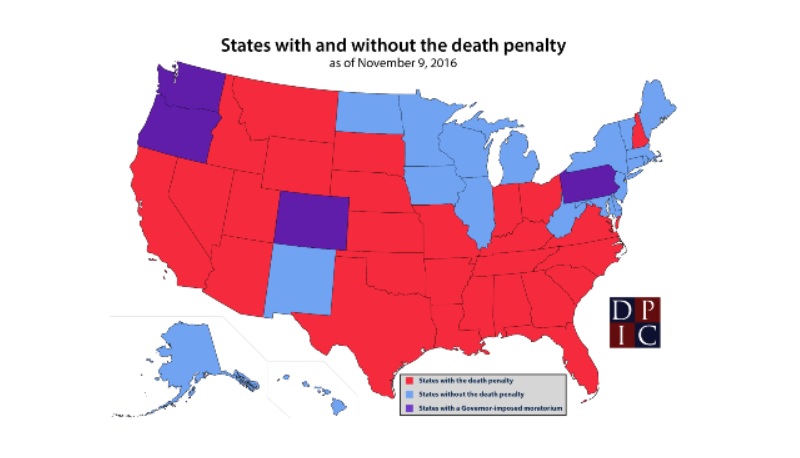
And while it’s true that Texas tops the list of most frequent practitioners and Arkansas just pushed through four deaths in April ahead of its lethal drug expiration date, “Left Coast” California still has the greatest queue of death row residents …
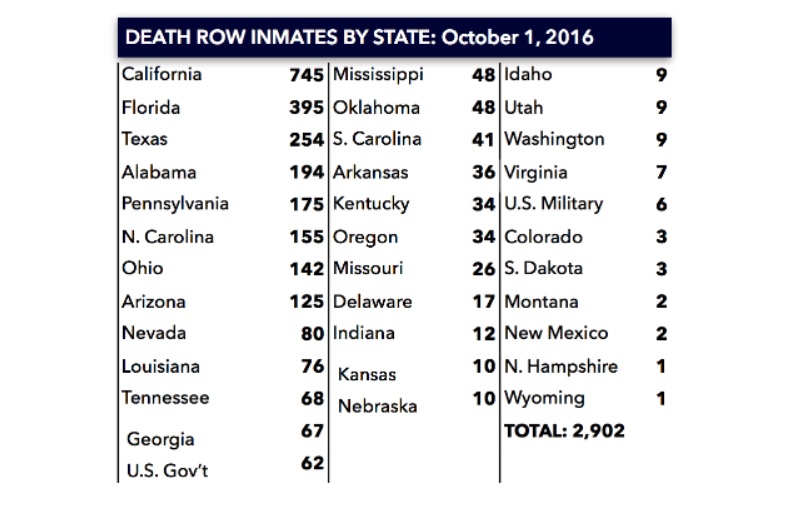
and New England states like Connecticut and Rhode Island are looking to bring it back.
2. It will be quick and easy.
Today’s chosen method of implementing the death penalty relies on lethal injection drugs, which have received a reputation for being the most-often botched method of execution. The Oklahoma execution of Clayton Lockett brought the issue to the national scene, when his scheduled execution became more a scene of suffering than of smoothly-applied state-ordered justice.
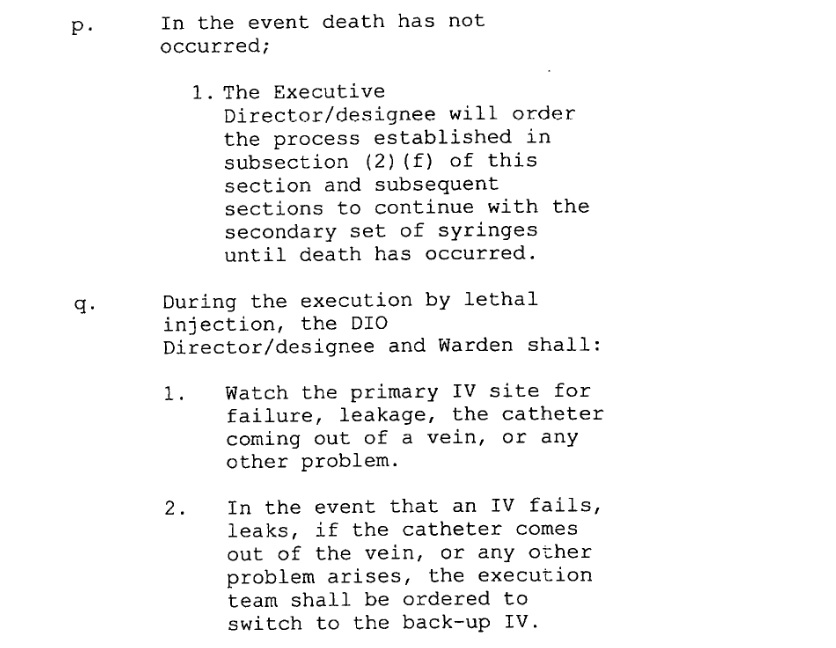
Lockett, like many others, didn’t go from sentencing to sentence very quickly, either. He sat on death row for 14 years. The average amount of time on death row for inmates executed thus far this year sits at around 16 years.

3. You’ll get your last word in.
There’s a popular belief that even if one must be put to death, at least there will be the opportunity to get one last word in, a chance to disavow one’s deeds or offer a pithy indictment of the social system. This isn’t often true, though. States often impose some terms to what can be said during an inmate’s final moments, like in Utah, where end-of-life laments must be kept clean, limited to a two-minute maximum, and destroyed almost immediately.
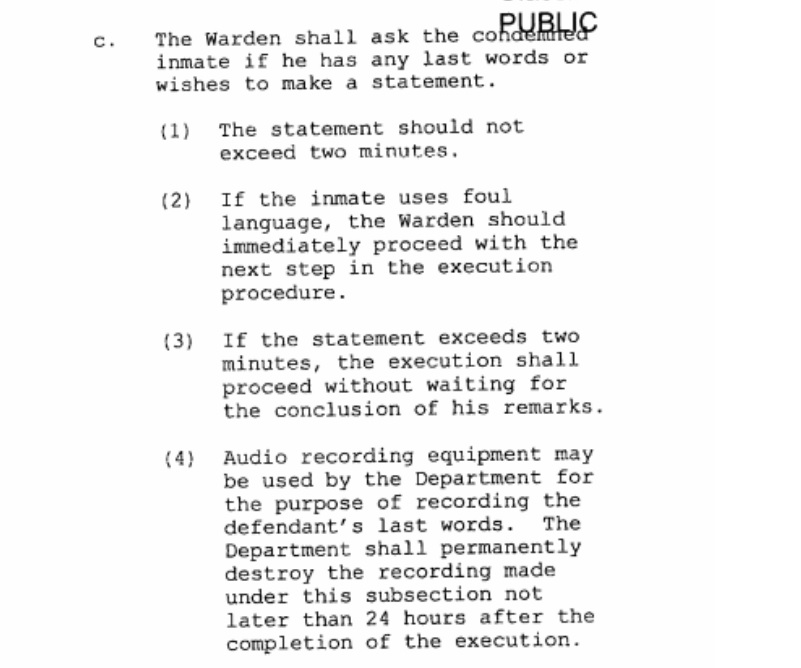
Texas keeps a list of last statements available on its website.
4. At least you can get a State-sponsored last meal spread.
Just because one is entitled to a “last meal” on the government’s tab, doesn’t mean that it’s a free-for-all. In Florida, for example, the meal is limited to $40 and must be obtained locally. Other states impose their own restrictions, generally limited to the range of pre-existing prison options.
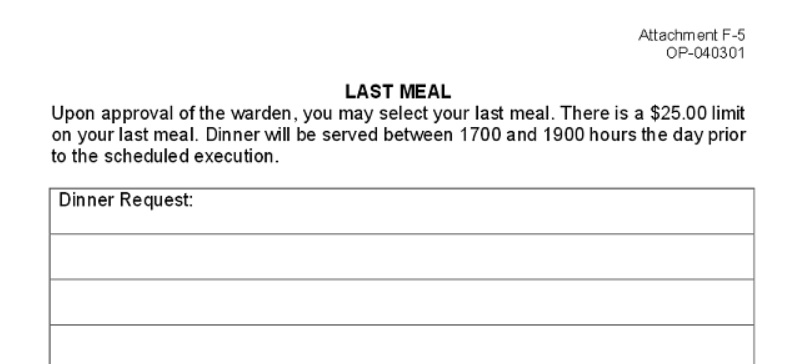
Texas, for one, eliminated the practice altogether in 2011, after one hate-driven murderer failed to eat any of his requested smorgasbord.
5. It’s a deterrent.
The practice of capital punishment seems to hinge on the idea that death, being the worst possible end in life, will serve as justice for society, solace for the victim and family, and a deterrent to future crimes. However, research suggests that the death penalty is rarely a means of closure or a preventative act. There have been 1452 death penalty executions in the United States in the last 40 years. Meanwhile, the homicide rate remains seemingly unaffected by the threat of paying the highest price for murder, only recently returning, from a particularly high period in the last part of the 20th century, to numbers seen in the 1960s.
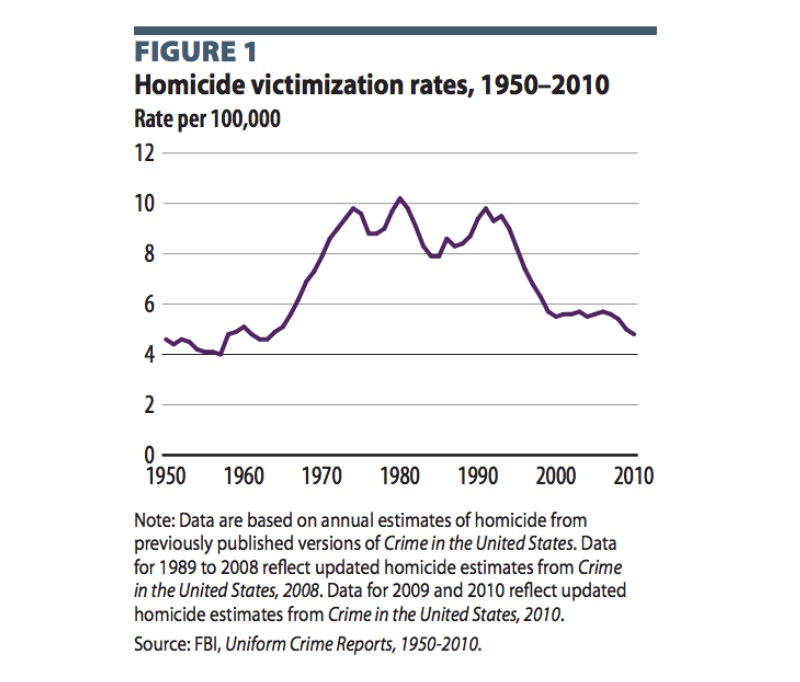
Interested in learning more about the death penalty? Check out the Death Penalty Information Center, keep track of upcoming executions with The Marshall Project, and follow our project on death penalty procedures.
Image via Wikimedia Commons




